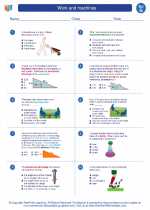Dispersion
Dispersion is the process of separating white light into its component colors. This phenomenon occurs because different colors of light have different wavelengths, and when light passes through a medium such as a prism, each color is bent by a different amount, resulting in the separation of colors.
Causes of Dispersion
The main cause of dispersion is the variation in the speed of light in different mediums. When light passes from one medium to another, such as from air to glass, the speed of light changes, causing the different colors to bend by different amounts, resulting in dispersion.
Practical Applications
Dispersion has several practical applications, including:
- Rainbows: The dispersion of sunlight by water droplets in the atmosphere creates rainbows, where the different colors of light are visible.
- Spectroscopy: Scientists use dispersion to analyze the composition of materials by studying the specific colors of light they emit or absorb.
- Prisms and Optics: Dispersion is utilized in devices such as prisms and lenses to separate and manipulate light for various purposes.
Study Guide
To understand dispersion, consider the following key points:
- The nature of white light and its composition of different colors.
- How the speed of light changes when it passes through different mediums.
- The role of prisms and other optical devices in causing dispersion.
- Real-world examples of dispersion and its practical applications.
Further exploration can involve experiments with prisms, researching the history of the study of dispersion, and exploring modern technologies that rely on the principles of dispersion.
.





